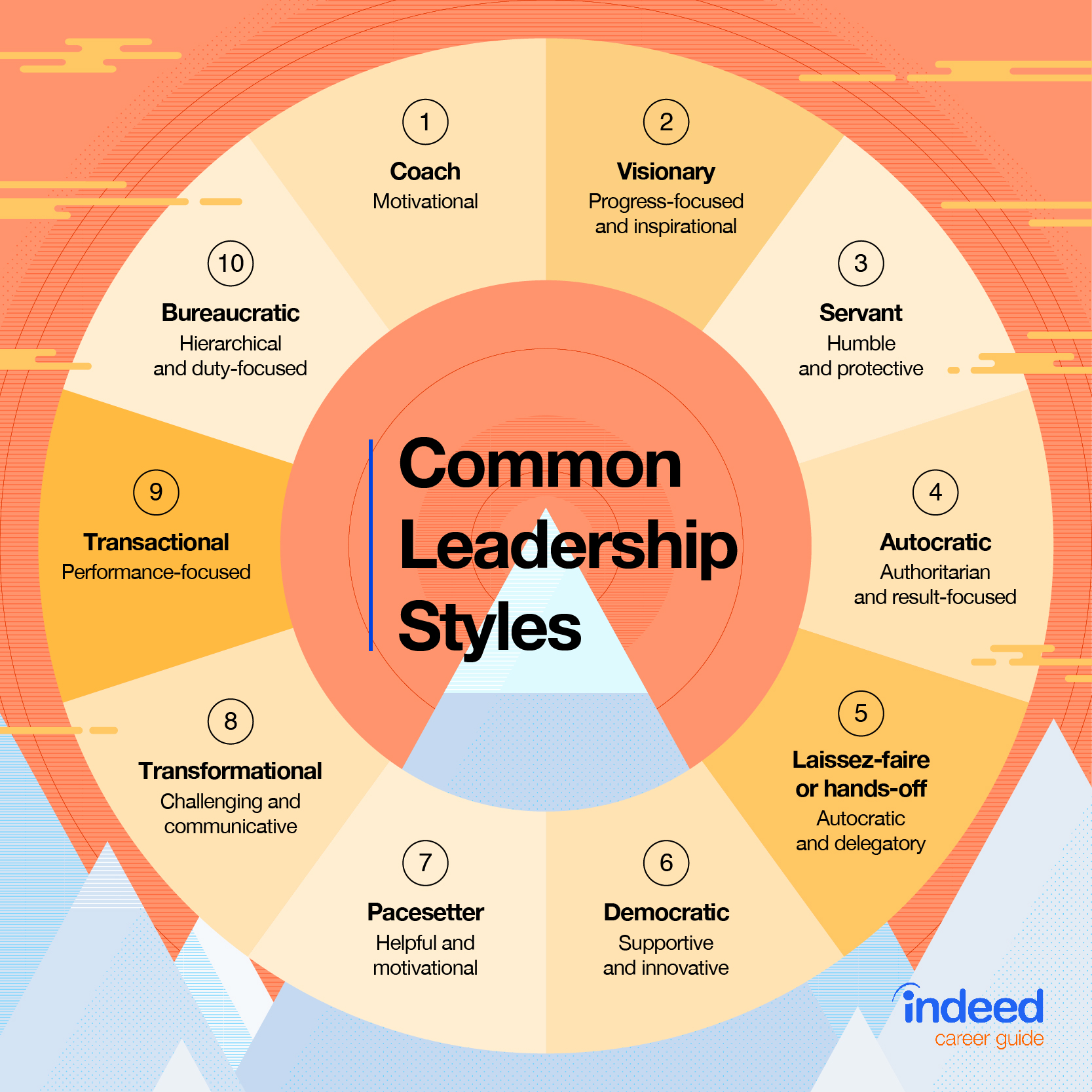In today’s fast-paced and interconnected world, teamwork has become an essential aspect of success in any organization. The ability to build high-performing teams is crucial for effective team leadership. By fostering collaboration, communication, and trust, leaders can unlock the full potential of their team members, resulting in increased productivity, innovation, and overall success. In this article, we will explore various strategies and techniques that can help leaders create and sustain high-performing teams, enabling them to achieve extraordinary results. Whether you’re a seasoned leader or aspiring to enhance your leadership skills, this article will provide you with valuable insights and practical tips to empower yourself and your team towards greatness.
Understanding High-Performing Teams
In any organization, a high-performing team is a group of individuals who work together towards a common goal, consistently achieving exceptional results. These teams possess a unique synergy that allows them to surpass expectations and deliver outstanding performance. Understanding the characteristics of high-performing teams is essential for leaders who aspire to cultivate such a team within their organization.
Defining high-performing teams
A high-performing team is not just a group of highly skilled individuals; it is a cohesive unit that combines their skills, knowledge, and experiences to create a powerful force. These teams exhibit a strong sense of purpose and a collective commitment to achieving their goals. They have a clear understanding of their roles and responsibilities, as well as how their individual contributions contribute to the overall success of the team.
Benefits of high-performing teams
High-performing teams offer numerous benefits to both the individuals within the team and the organization as a whole. For individuals, being a part of a high-performing team provides a sense of belonging, purpose, and fulfillment. It allows them to constantly learn and grow, as they work alongside like-minded individuals who push each other to excel.
For organizations, high-performing teams have a significant impact on overall performance and productivity. These teams are more innovative, adaptable, and efficient, resulting in higher-quality outputs and faster problem-solving. They also tend to have higher employee morale and retention rates, as individuals thrive in an environment that fosters collaboration and success.
The Role of Effective Team Leadership
Effective team leadership plays a crucial role in the success of a high-performing team. A leader sets the direction, provides guidance, and creates an environment that enables team members to thrive.
Importance of team leadership
Team leadership is important because it establishes the foundation for a high-performing team. Leaders create a vision and goals for the team, aligning everyone towards a common purpose. They provide clarity and direction, ensuring that team members understand what is expected of them and how their work contributes to the team’s success. Effective leaders also foster a positive team culture, build trust, and empower team members to reach their full potential.
Qualities of effective team leaders
Effective team leaders possess a unique combination of qualities that inspire and motivate their team members. These leaders are excellent communicators, able to clearly articulate expectations, provide feedback, and listen actively to their team members’ concerns. They also demonstrate empathy, showing genuine care and support for their team members. Furthermore, effective team leaders are great collaborators, involving their team in decision-making processes and valuing their diverse perspectives.
Building the Right Team
Building a high-performing team starts with assembling the right individuals who possess the necessary skills, knowledge, and capabilities. It involves careful planning and consideration of the team’s goals and objectives.
Identifying team goals and objectives
Before building a team, it is essential to identify and articulate the goals and objectives the team will be working towards. By having a clear understanding of the desired outcomes, it becomes easier to assess which individuals would be the best fit for the team. The goals and objectives should be specific, measurable, achievable, relevant, and time-bound (SMART), allowing team members to track their progress and stay motivated.
Assessing team member capabilities
Once the team goals and objectives are established, it is crucial to assess the capabilities of potential team members. This includes evaluating their technical skills, problem-solving abilities, interpersonal skills, and overall fit within the team. Assessing team member capabilities also involves considering their past experiences and track record, as this can provide insight into their ability to contribute effectively to the team’s success.
Creating a Positive Team Culture
A positive team culture is vital for fostering collaboration, trust, and innovation within a high-performing team. It creates an environment where team members feel valued, supported, and encouraged to share their ideas and opinions.
Promoting open communication
Open communication is the foundation of a positive team culture. Leaders should encourage team members to express their thoughts, concerns, and ideas freely, fostering an environment where everyone’s voice is heard and respected. This involves creating channels for communication, such as regular team meetings, one-on-one sessions, and utilizing technology that facilitates easy and transparent information sharing.
Encouraging collaboration and trust
High-performing teams thrive on collaboration and trust. Leaders should actively promote and encourage collaboration among team members, facilitating opportunities for joint problem-solving, brainstorming, and knowledge sharing. Building trust within the team is also crucial, as it allows team members to feel safe and supported in taking risks, making mistakes, and learning from them. This can be achieved through transparent communication, delivering on commitments, and respecting the ideas and contributions of others.
Establishing Clear Roles and Responsibilities
In order for a high-performing team to function effectively, it is important to define clear roles and responsibilities for each team member. This ensures that everyone understands their individual role within the team and how it contributes to the collective success.
Defining team member roles
Each team member should have a defined role that aligns with their skills, expertise, and interests. Clearly outlining these roles helps minimize confusion, duplication of effort, and potential conflicts within the team. It also allows team members to focus on their specific responsibilities, enhancing productivity and efficiency.
Setting performance expectations
In addition to defining roles, setting performance expectations is crucial for driving accountability and ensuring that team members are working towards the same standards. Leaders should establish clear performance metrics, milestones, and deadlines that align with the team’s goals and objectives. Regular performance evaluations and feedback sessions are essential for monitoring progress and providing guidance for improvement.
Effective Communication Strategies
Effective communication is a key factor in maintaining a high-performing team. It allows for the seamless exchange of ideas, information, and feedback, ensuring that everyone is on the same page and working towards the same objectives.
Active listening techniques
Active listening is a critical communication skill that enables team members to truly understand one another and build stronger relationships. Leaders should encourage and model active listening techniques, such as maintaining eye contact, asking clarifying questions, and summarizing key points. This not only enhances understanding but also fosters a sense of respect and appreciation within the team.
Providing constructive feedback
Regular feedback is essential for the growth and development of team members. Leaders should provide constructive feedback that is specific, actionable, and focused on improving performance. By emphasizing strengths and areas for improvement in a supportive manner, leaders can help team members reach their full potential and contribute to the team’s success.
Fostering Teamwork and Collaboration
Teamwork and collaboration are at the heart of high-performing teams. When team members work together towards a shared goal, leveraging their diverse perspectives and skills, they can achieve exceptional results.
Encouraging idea sharing and brainstorming
Leaders should create an environment where team members feel comfortable sharing their ideas and opinions. This can be done through brainstorming sessions, where everyone is encouraged to contribute their insights and suggestions. By valuing and considering the ideas of each team member, leaders promote a collaborative culture and unlock the team’s creative potential.
Developing team camaraderie
Team camaraderie is crucial for building strong relationships and fostering a sense of unity within a high-performing team. Leaders should encourage team-building activities, both within and outside of work, that allow team members to connect on a personal level and build trust. This can range from team lunches and outings to team-building exercises and workshops that focus on improving communication and collaboration.
Building Trust and Psychological Safety
Trust forms the core foundation of a high-performing team. It enables team members to feel safe, valued, and confident in taking risks and expressing their true opinions.
Leadership actions that foster trust
Leaders can foster trust within the team through consistent and transparent actions. This includes delivering on commitments, being accessible and approachable, and demonstrating integrity and respect towards team members. Leaders should also actively seek and incorporate feedback, creating an environment where team members feel their opinions are valued and taken into consideration.
Creating a safe space for team members
A safe space is one where team members feel comfortable expressing their thoughts, concerns, and ideas without fear of judgment or repercussions. Leaders should create this safe space by actively discouraging blame or negativity, encouraging open and respectful communication, and addressing conflicts or issues promptly and constructively. By ensuring that team members feel psychologically safe, leaders foster an environment where individuals can take risks, learn from their mistakes, and reach their full potential.
Developing Effective Problem-Solving Skills
A high-performing team possesses strong problem-solving skills, enabling them to overcome challenges and find innovative solutions. Leaders can support the development of these skills by providing the necessary tools and fostering a culture that encourages continuous learning and improvement.
Using structured problem-solving techniques
Structured problem-solving techniques, such as the PDCA (Plan-Do-Check-Act) cycle or the 5 Whys, can help teams approach problems in a systematic and effective manner. Leaders should introduce and reinforce these techniques within the team, providing the necessary training and guidance. By developing a standardized problem-solving process, teams can improve their efficiency and increase the likelihood of finding successful solutions.
Encouraging innovation and creativity
To foster a culture of innovation and creativity, leaders should encourage team members to think outside the box and explore new ideas. This can be achieved through brainstorming sessions, encouraging experimentation, and recognizing and celebrating innovative solutions. By promoting a culture of continuous improvement and creativity, leaders empower their team members to push boundaries and find new ways to solve problems.
Recognizing and Rewarding Team Success
Celebrating achievements is essential for maintaining morale and motivating high-performing teams. Leaders should implement recognition and reward programs that acknowledge and appreciate the contributions and successes of team members.
Importance of celebrating achievements
Celebrating achievements not only boosts team morale and motivation but also reinforces the value of teamwork and the accomplishments of each individual. Recognizing team success fosters a sense of pride and accomplishment, creating a positive team culture. It also sets a precedent for future success, motivating team members to continue striving for excellence.
Implementing reward and recognition programs
Leaders can implement reward and recognition programs to acknowledge the contributions and achievements of team members. This can include incentives such as bonuses, promotions, public recognition, or non-monetary rewards such as extra vacation days or professional development opportunities. By recognizing and rewarding team success, leaders reinforce a culture of excellence and encourage continued high performance.
In conclusion, building and leading a high-performing team requires a combination of strategic planning, effective communication, and a positive team culture. By understanding the characteristics of high-performing teams and implementing the strategies outlined above, leaders can create an environment where individuals can thrive, collaborate, and achieve exceptional results. Through strong leadership and a commitment to continuous improvement, organizations can cultivate high-performing teams that drive success and propel their organization towards excellence.


